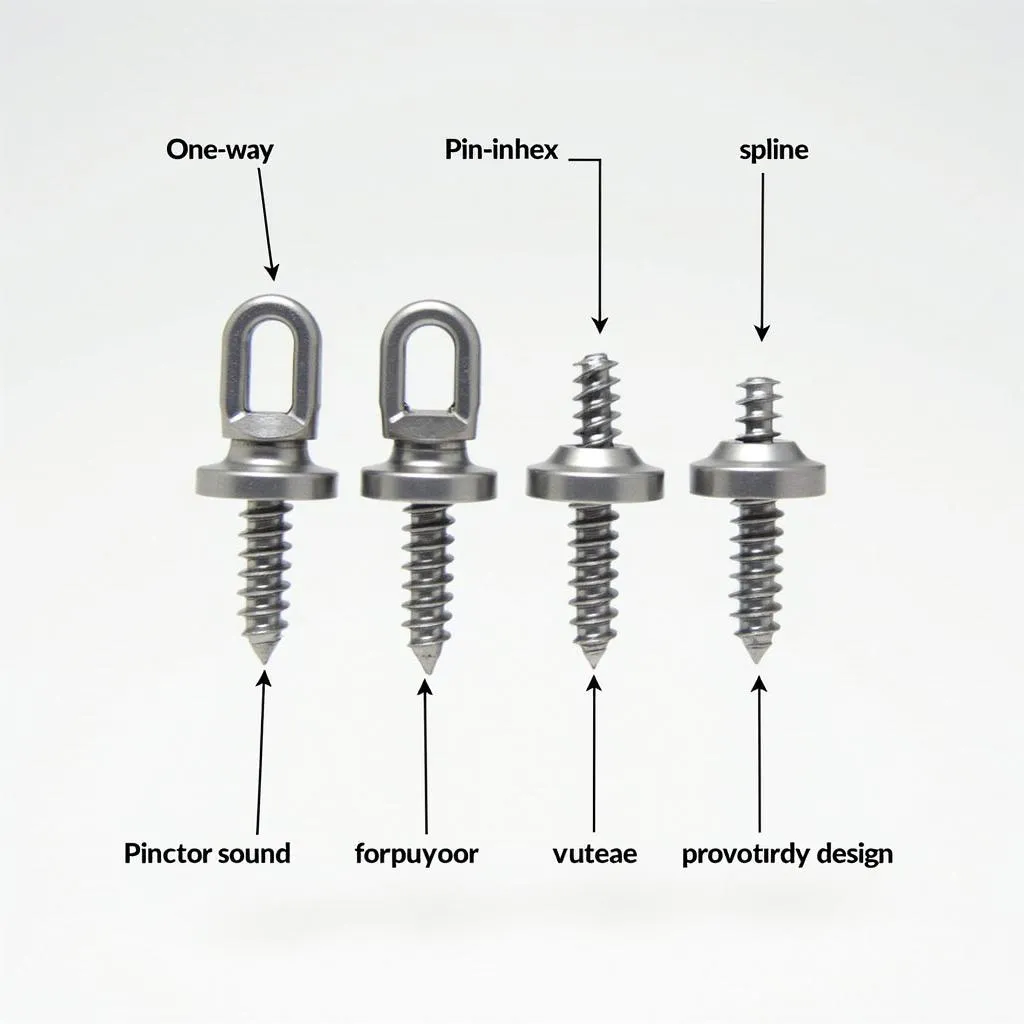The brake warning light on your 1995 Firebird is a crucial safety feature, illuminating on the dashboard to alert you of potential issues within your braking system. Ignoring this warning could lead to reduced braking performance, increasing the risk of an accident. This comprehensive guide will take you through the common causes of a lit brake warning light on your 1995 Firebird and provide you with the knowledge to diagnose and address the issue effectively.
Understanding Your Firebird’s Brake Warning System
Before diving into troubleshooting, it’s essential to understand how your car’s brake warning system functions. The system relies on several key components:
- Brake Fluid Level Sensor: This sensor monitors the brake fluid level in the master cylinder. A low fluid level often indicates a leak in the system.
- Parking Brake Switch: This switch activates the brake warning light when the parking brake is engaged.
- Differential Pressure Switch: Found on vehicles equipped with a split braking system, this switch detects pressure imbalances between the front and rear brake circuits.
- Anti-lock Brake System (ABS) Module: In ABS-equipped Firebirds, the ABS module monitors wheel speed sensors and controls brake pressure to prevent wheel lockup. A malfunctioning module can trigger the warning light.
Common Causes of a Lit Brake Warning Light
Let’s explore the most frequent culprits behind a brake warning light on a 1995 Firebird:
Low Brake Fluid
The most common reason for the warning light is low brake fluid. This typically points to a leak in your braking system.
Troubleshooting:
- Check the Brake Fluid Level: Park your Firebird on level ground and locate the brake fluid reservoir under the hood. The reservoir is usually a translucent plastic container with “DOT 3” or “DOT 4” printed on it.
- Inspect the Fluid Level: The fluid level should be between the “MIN” and “MAX” lines on the reservoir.
- Add Brake Fluid (If Necessary): If the level is low, carefully add the correct type of brake fluid (DOT 3 or DOT 4, as indicated on the reservoir cap).
Important: If you need to add brake fluid frequently, you likely have a leak that requires immediate attention from a qualified mechanic.
Worn Brake Pads
Brake pads are designed to wear down over time. When they reach a certain level of wear, the brake warning light will illuminate as a reminder to replace them.
Troubleshooting:
- Inspect the Brake Pads: You can visually inspect the brake pads through the spaces between the wheel spokes. Look for a thin metal indicator tab on the brake pad. If this tab is touching the rotor, your brake pads are worn and need replacement.
- Professional Inspection: For a thorough assessment, it’s best to have a mechanic check the thickness of your brake pads.
Malfunctioning Parking Brake Switch
If the brake warning light stays on even when the parking brake is fully disengaged, the parking brake switch might be faulty.
Troubleshooting:
- Test the Parking Brake: With the engine off, engage and disengage the parking brake several times while observing the warning light. If the light flickers or remains on intermittently, the switch may be the culprit.
- Seek Professional Help: Diagnosing and replacing a parking brake switch often requires specialized tools and knowledge. It’s advisable to have a mechanic address this issue.
Issues with the ABS System
A malfunctioning ABS system can trigger the brake warning light. In such cases, the ABS warning light might illuminate as well.
Troubleshooting:
Important: Do not attempt to diagnose or repair ABS issues yourself. These systems are complex and require specialized equipment.
- Retrieve Diagnostic Trouble Codes (DTCs): A mechanic can use a scan tool to read DTCs stored in your Firebird’s ABS module, pinpointing the source of the problem.
- Professional Repair: ABS repairs involve components like wheel speed sensors, the ABS module, and the hydraulic control unit, often requiring professional expertise and equipment.
Expert Insights
[Quote from Fictional Expert – John “Wheels” Peterson, ASE Certified Master Technician with 25 years of experience specializing in American muscle cars]: “Folks, never ignore that brake warning light! It’s your car’s way of telling you something’s not right. A little preventative maintenance goes a long way in keeping your Firebird stopping on a dime.”
Conclusion
A lit brake warning light on your 1995 Firebird should never be disregarded. By understanding the potential causes and following the troubleshooting tips outlined in this guide, you can take the right steps to ensure your safety on the road. Remember, if you encounter complex issues or are unsure about any aspect of brake system diagnosis or repair, always seek assistance from a qualified mechanic.

